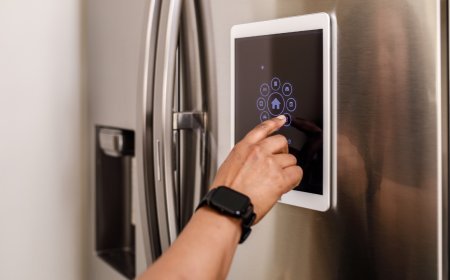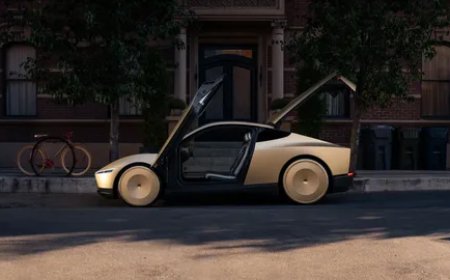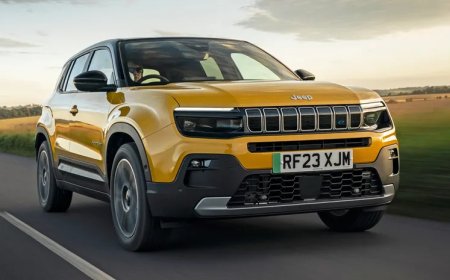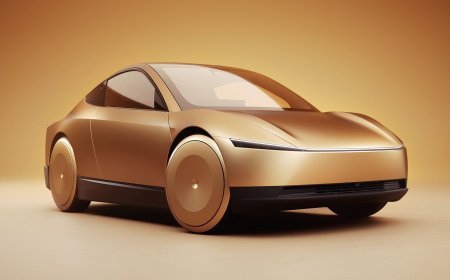Rivian Electric Delivery Van: How It Stacks Up Against Initial Promises
This article reviews Rivian’s Electric Delivery Van (EDV), comparing its current performance and features to the ambitious promises made when it was first announced, shedding light on where it delivers and where it falls short.
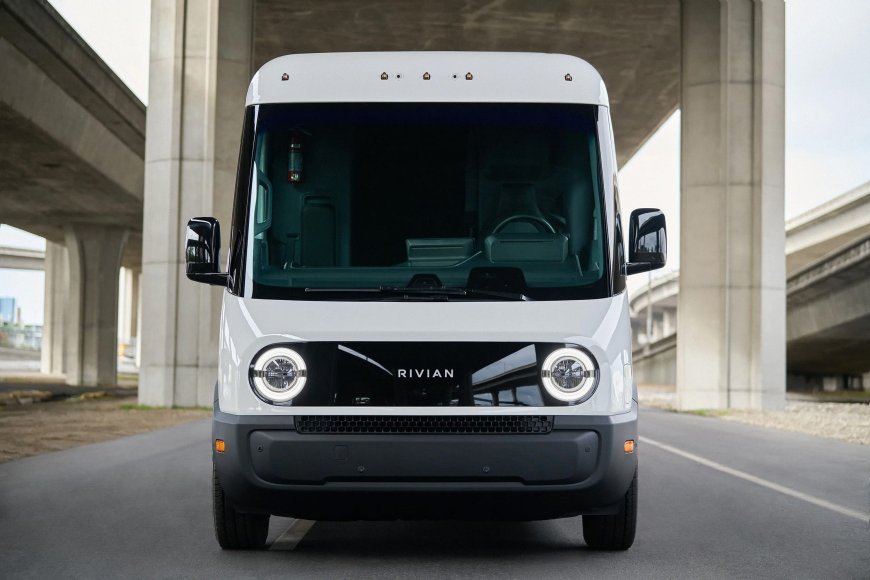
When Rivian unveiled its Electric Delivery Van (EDV) in 2019 as part of a blockbuster deal with Amazon to deliver 100,000 electric vans by 2030, the hype was real. Touted as a game-changer for last-mile delivery, the EDV was pitched as a high-tech, eco-friendly vehicle that would slash carbon emissions while offering top-tier driver comfort and efficiency. Built on the Rivian Commercial Vehicle (RCV) platform, it promised to redefine urban logistics. Fast forward to 2025, with over 25,000 vans on the road and sales now open to all fleets, it’s time to see how the EDV measures up to those bold claims.
The Promises: What Rivian Pitched
Back in 2019, Rivian and Amazon set out to revolutionize delivery with a custom-designed electric van. They promised a range of up to 200 miles for the smallest EDV-500 model, cutting-edge safety features, and a driver-focused design informed by Amazon’s delivery workforce. The goal was to have 10,000 vans operational by 2022, with the full 100,000 by 2024, all contributing to Amazon’s net-zero carbon target by 2040. Rivian also hinted at future all-wheel-drive options, fast charging up to 150 kW, and a modular platform that could adapt to various fleet needs. The vans were to be built in three sizes—500, 700, and 900 cubic feet—offering flexibility for different delivery demands.
The Reality: Where the EDV Stands in 2025
Today, the EDV, now also sold as the Rivian Commercial Van (RCV), comes in two main models: the Delivery 500 and Delivery 700, with the 900 yet to hit the market. Here’s how the current performance compares to the initial promises:
-
Range and Battery: Rivian initially claimed the EDV-500 would hit 200 miles of range, with internal tests suggesting 201 miles for the EDV-700. In reality, the Delivery 500 offers 161 miles, and the Delivery 700 gets 160 miles, per EPA drive cycles (not official EPA ratings). These figures, while sufficient for most urban routes, fall short of the promised 200 miles. The vans use a lithium-iron phosphate battery, supporting 100 kW DC fast charging (not the 150 kW promised) and 11 kW AC charging. For city deliveries averaging under 100 miles daily, the range is practical, but some Reddit users and fleet managers note it’s a limitation for longer suburban routes or heavier loads, which can cut range by about 3.2% per 500 pounds of cargo.
-
Delivery Timeline: The original plan to have 10,000 vans by 2022 and 100,000 by 2024 was overly ambitious. Supply chain issues and production delays pushed the timeline, with only 1,000 vans in use by November 2022, 10,000 by October 2023, and over 25,000 by 2025. The 2030 target for 100,000 vans remains, but Rivian’s early projections were clearly optimistic.
-
Design and Features: Rivian nailed the driver-centric design. The vans boast a low step-in height, heated and cooled seats, a large windshield for visibility, and a digital cluster that integrates navigation and delivery data via a QR code system. Safety features like 360-degree cameras, automatic emergency braking, and lane-keeping assist deliver on the promise of advanced tech. Drivers, like YouTuber Chris Sing, praise the EDV’s comfort, calling it “awesome” for its keyless go system and air-conditioned cabin—a big win over competitors like gas-powered Ford Transits or UPS vans without AC. However, the promised all-wheel-drive option isn’t available, with only front-wheel-drive models (320 hp, 299 lb-ft) currently offered.
-
Market Expansion: Rivian promised the EDV would be exclusive to Amazon initially but available to others later. They delivered on this, ending Amazon’s exclusivity in 2023 and opening sales to all fleets by February 2025. The Delivery 500 starts at $79,900, and the 700 at $83,900, competitive with the Mercedes eSprinter but pricier than Ford’s E-Transit. The U.S. Postal Service tested a Delivery 500 in 2024, signaling broader appeal, though smaller fleets may wait until 2025 for deliveries due to Rivian prioritizing larger orders.
-
Environmental Impact: Rivian and Amazon aimed to cut millions of metric tons of carbon emissions annually. With over 1 billion packages delivered in 2024 and the vans reducing operational emissions by up to 50% compared to gas-powered alternatives, they’re making progress. However, the slower rollout means the environmental impact hasn’t scaled as quickly as promised.
Hits and Misses
The EDV shines in urban settings, where its range, maneuverability (49.9-foot turning circle for the 500), and driver-friendly features excel. Its 487 (Delivery 500) and 652 (Delivery 700) cubic feet of cargo space, along with payloads of 2,663 and 2,258 pounds, respectively, make it versatile for light to medium loads like Amazon packages. But the range shortfall and lack of AWD options disappoint, especially for businesses needing longer-range or heavy-duty vans. Compared to competitors, the EDV’s purpose-built EV design gives it an edge over retrofitted models like the Ford E-Transit (126 miles range) but lags behind the Chevrolet BrightDrop Zevo 600 (290 miles).
What’s Next?
Rivian’s EDV is a solid step toward sustainable delivery, but it hasn’t fully lived up to the lofty 2019 promises. The company is scaling production and exploring new markets, with potential for a larger EDV-900 or AWD variants. For now, it’s a strong choice for urban fleets but not the one-size-fits-all solution Rivian hyped. As the commercial EV market heats up, Rivian needs to address range and versatility to stay ahead. This van’s story is still being written, but it’s clear it’s more of a practical player than a revolutionary one.
What's Your Reaction?
 Like
0
Like
0
 Dislike
0
Dislike
0
 Love
0
Love
0
 Funny
0
Funny
0
 Angry
0
Angry
0
 Sad
0
Sad
0
 Wow
0
Wow
0







